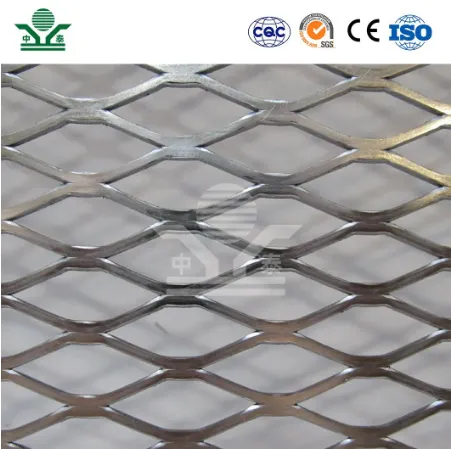The Versatility and Benefits of Perforated Aluminium Composite Panels
In recent years, the demand for innovative architectural solutions has significantly risen. One such solution that has gained considerable traction is perforated aluminium composite panels (ACP). These panels blend functionality with aesthetic appeal, making them an appealing choice for various applications, including commercial buildings, residential properties, and interior design.
What Are Perforated Aluminium Composite Panels?
Perforated aluminium composite panels consist of two layers of aluminium enclosing a non-aluminium core, which can be made from materials such as polyethylene or fire-resistant substances. The panels are perforated with numerous holes that can be customized in size and pattern, enabling designers to achieve specific visual effects while enhancing the panel's functionality.
Aesthetic Appeal
One of the primary reasons for the popularity of perforated ACPs is their aesthetic versatility. The perforations can transform a simple façade into a visually striking element. Architecturally, they allow for creative freedom, enabling the creation of unique designs that can define a building's identity. Whether it’s used as an eye-catching exterior cladding or as an interior wall feature, these panels can evoke a sense of modernity and sophistication.
Additionally, the perforated patterns can be tailored to suit different themes and designs, from contemporary and minimalist to more elaborate and artistic approaches. This adaptability makes them a favorite among architects and designers looking to create engaging and dynamic spaces.
Functional Benefits
Beyond aesthetics, perforated aluminium composite panels offer various functional benefits
perforated aluminium composite panel

1. Sun Control and Ventilation The perforations within the panels can provide natural light and ventilation, reducing the need for artificial lighting and allowing smooth airflow. This feature is particularly beneficial in hot climates, as it minimizes heat accumulation, contributing to energy efficiency.
2. Acoustic Performance The porous nature of perforated panels helps in sound absorption. This functionality is essential in urban settings where noise pollution is a concern. By installing these panels, architects can create quieter indoor environments, making them ideal for office buildings, theaters, and educational institutions.
3. Durability and Low Maintenance Aluminium is known for its strength and resistance to corrosion. When combined with high-quality finishes, perforated ACPs are resilient to weathering, UV radiation, and pollutants, ensuring a longer lifespan. They require minimal maintenance, making them a cost-effective choice over time.
4. Lightweight Compared to traditional building materials, perforated ACPs are lightweight, easing the installation process and reducing the structural load on buildings. This characteristic also allows for greater flexibility in design, as it enables the seamless integration of these panels into various architectural contexts.
Sustainability Factor
In today's world, sustainability is a critical consideration in construction and design. Perforated aluminium composite panels can contribute to environmentally friendly practices. Many manufacturers produce ACPs using recycled materials, and because the panels can aid in energy efficiency—by reducing heat gain and minimizing energy usage—they can contribute to lower carbon footprints for buildings.
Conclusion
The versatility and numerous advantages of perforated aluminium composite panels make them an attractive option for architects and builders looking to combine practicality with style. From enhancing a building’s aesthetics with custom designs to providing acoustic benefits and energy efficiency, these panels stand out as a remarkable building material.
As urban landscapes continue to evolve, the use of perforated ACPs can significantly transform not only the visual appeal of structures but also their functional performance. As the industry moves toward more sustainable practices, the role of such innovative materials will likely become even more crucial in shaping the future of architecture and design.
-
Why Galvanized Trench Cover Steel Grating Resists Corrosion
NewsJul.10,2025
-
The Versatility and Strength of Stainless Expanded Metal Mesh
NewsJul.10,2025
-
Load Calculations in Steel Grating Platforms
NewsJul.10,2025
-
Keeping Pets and Kids Safe with Chicken Wire Deck Railing
NewsJul.10,2025
-
Hole Diameter and Pitch for Round Perforated Metal Sheets
NewsJul.10,2025
-
Aluminium Diamond Mesh in Modern Architecture
NewsJul.10,2025
Subscribe now!
Stay up to date with the latest on Fry Steeland industry news.

